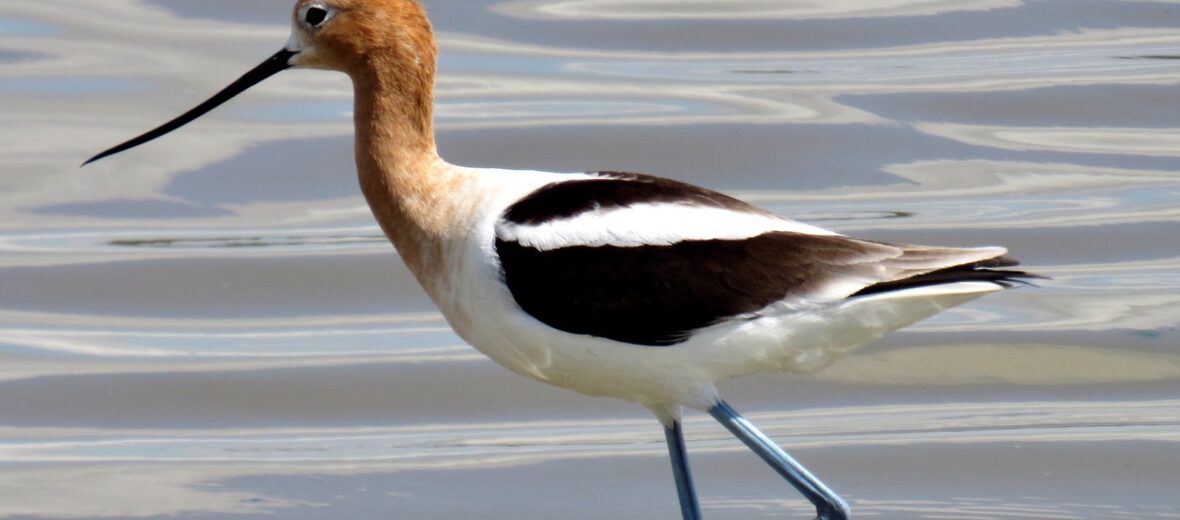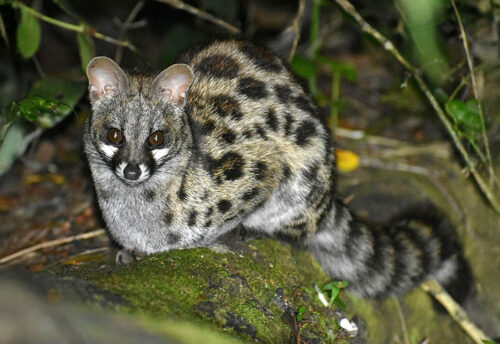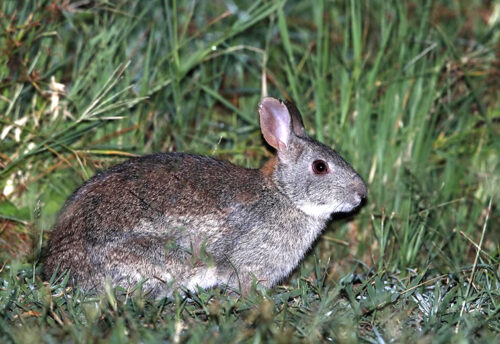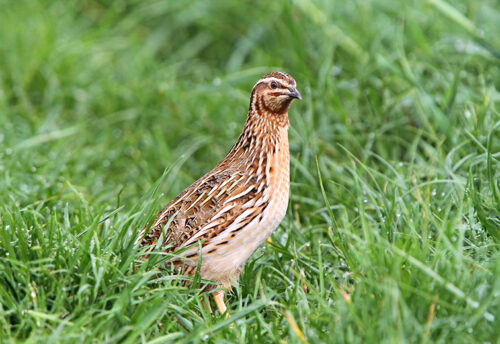
The American avocet, aka blue shanks, can be found in North America, Mexico, Central America, and the northern part of South America. They like shallow fresh and saltwater habitats with mudflats, and marshes. These critters also like wetlands, islands, and tidal flats. Due to their wide distribution and stable numbers, these birds are listed as Least Concern by the IUCN.
First the Stats…
Scientific name: Recurvirostra americana
Weight: Up to 12 ounces
Length: Up to 18 inches
Wingspan: Up to 30 inches
Lifespan: Up to 15 years
Now on to the Facts!
1.) Avocets are migratory birds.
2.) They are colonial nesters that gather into large social groups that are comprised of hundreds of individuals.
3.) The American avocet is crepuscular (active at dawn and dusk).
4.) American avocets feed by swaying their head from side to side, in what is called probing.
5.) Insects, shrimps, and various other crustaceans are all on the menu. They also feast on aquatic plants and seeds located on the surface of ponds and marshes.
But wait, there’s more on the American avocet!
6.) They may be social, but they are also territorial as well and often engage in various displays in order to establish dominance.
7.) If a predator approaches, they will often dive bomb the intruder and approach it with outstretched wings. They will also produce calls that subtly change in pitch, like the Doppler effect. This aids in making the bird seem like it’s approaching faster than it actually is.
Did you know…?
Like cuckoos, sometimes the female will lay 1 or more eggs in another bird’s nest and let that bird raise her young.
8.) American avocets are monogamous (mate for life).
9.) Females lay up to 4 eggs that hatch in up to 24 days.
10.) Chicks are precocial (self-sufficient at birth) and not long after hatching they are able to swim and feed themselves.
But wait, there’s still more on the American avocet!
11.) Like other shorebirds, the tip of their bill is very sensitive to touch. This aids them in locating crustaceans and more in the silt and mud.
12.) Subsequently, black-necked stilts or common terns will lay their eggs in the nest of an avocet. These foreign birds are raised as if they were the avocet’s own.
Now a Short American Avocet Video!
Be sure to share & comment below! Also, check out the Critter Science YouTube channel. Videos added frequently!
Want to suggest a critter for me to write about? Let me know here.



